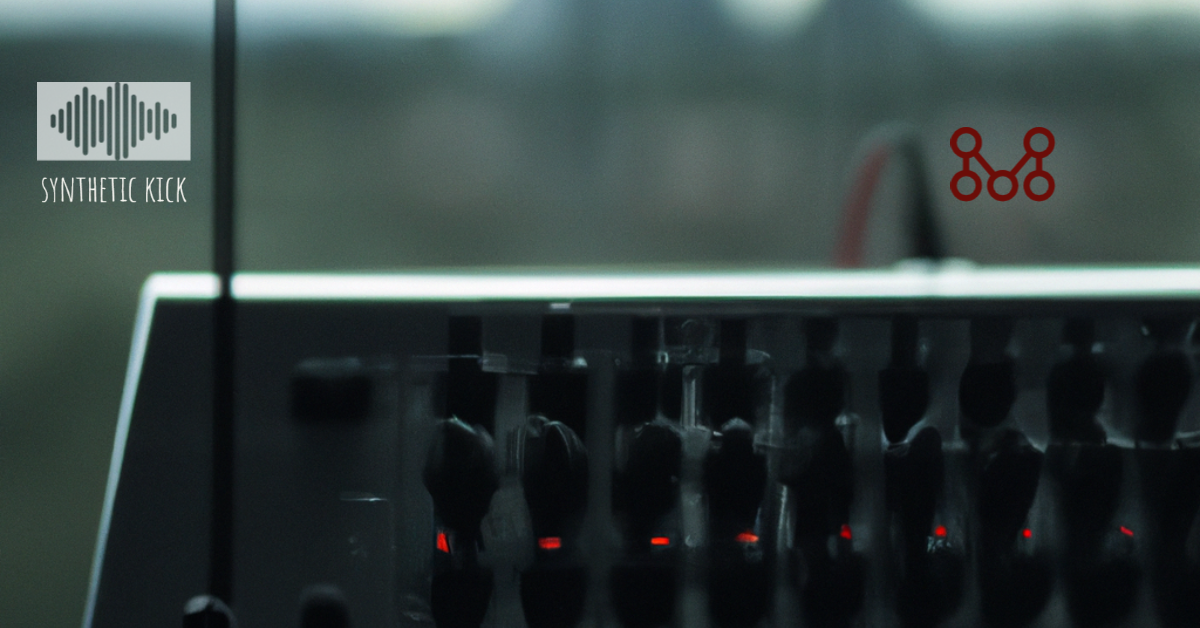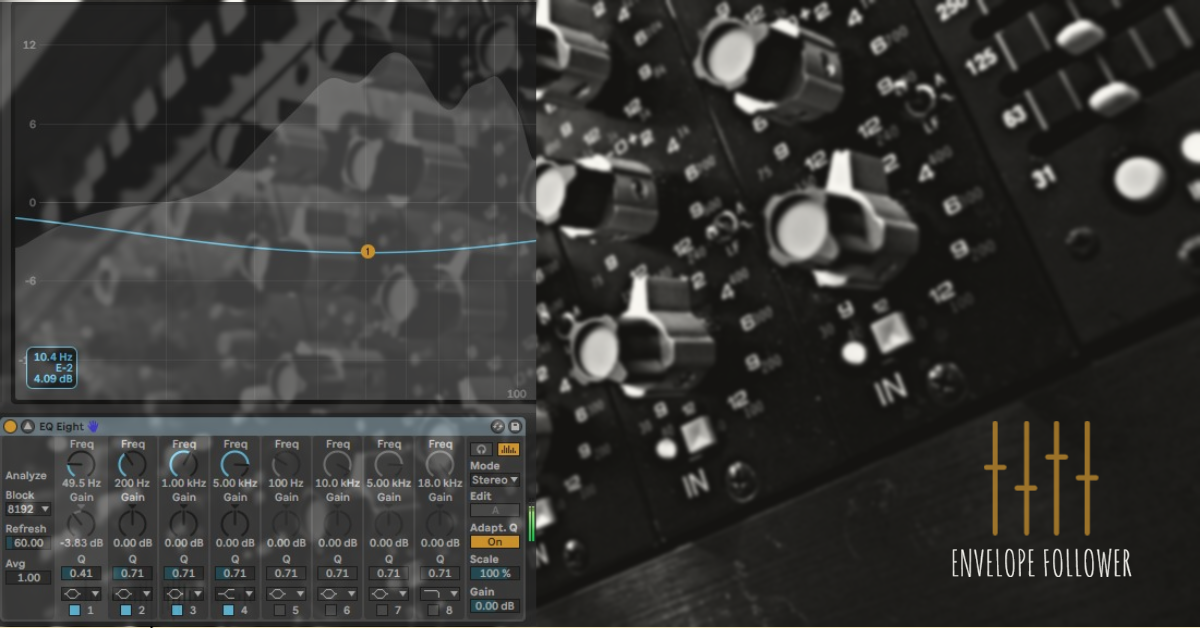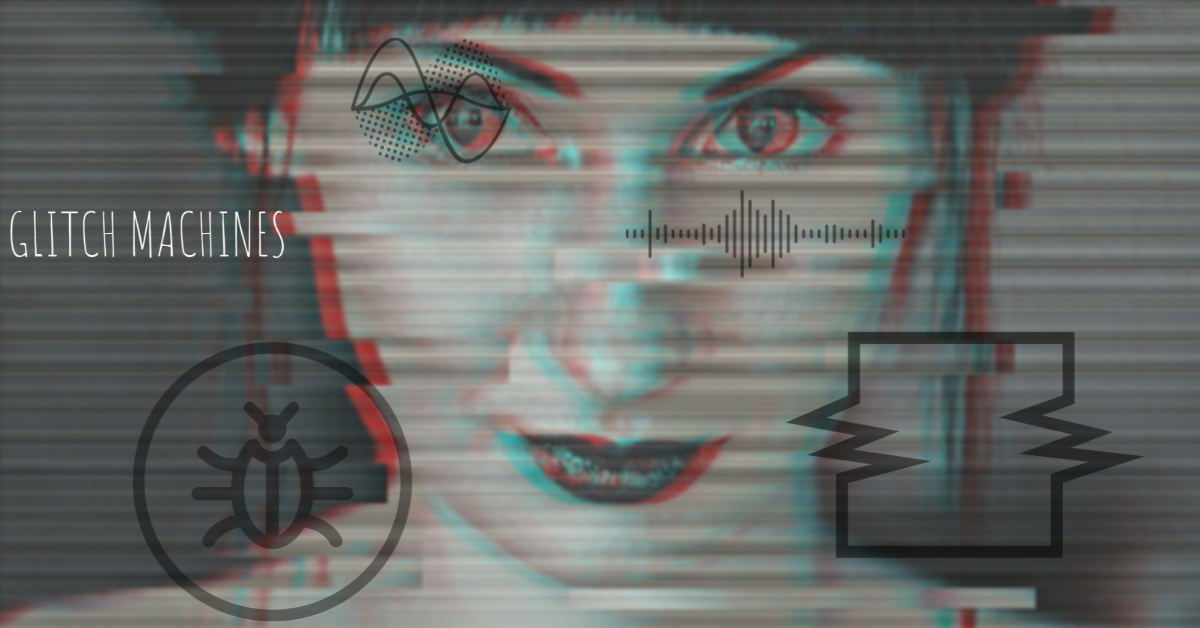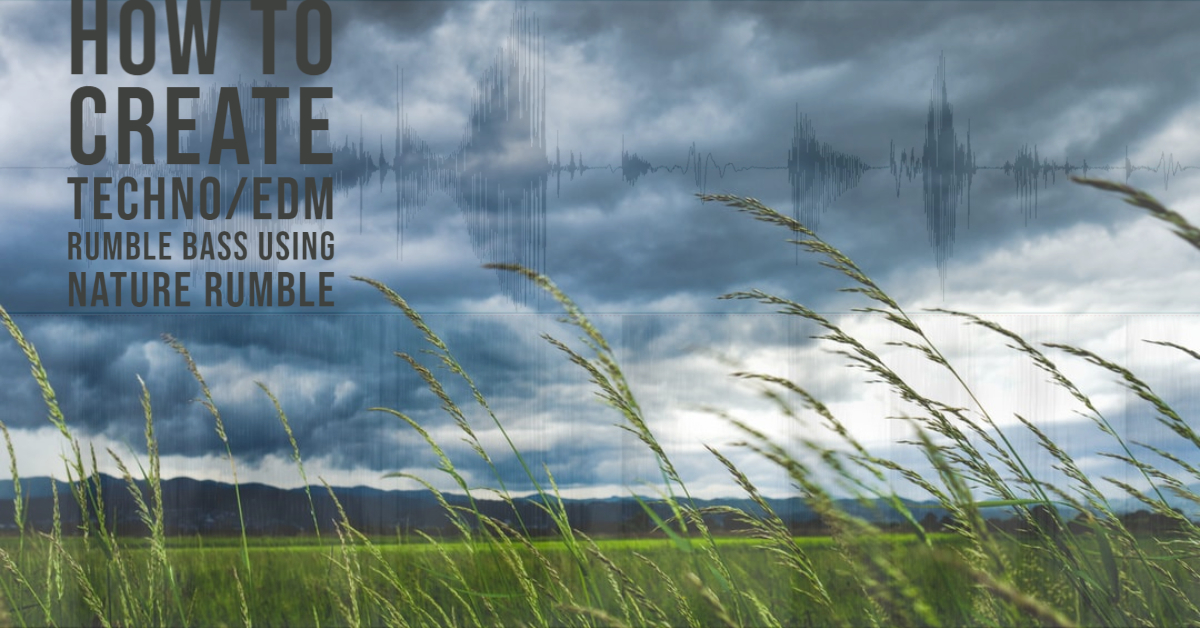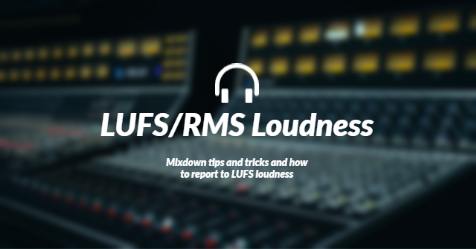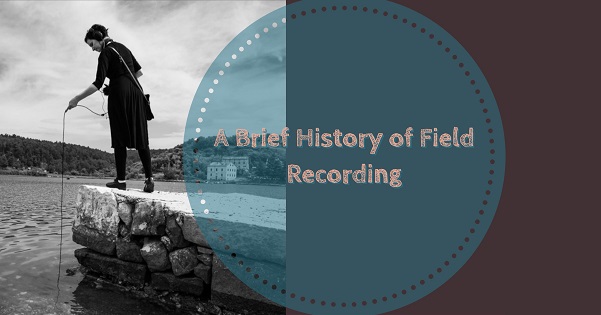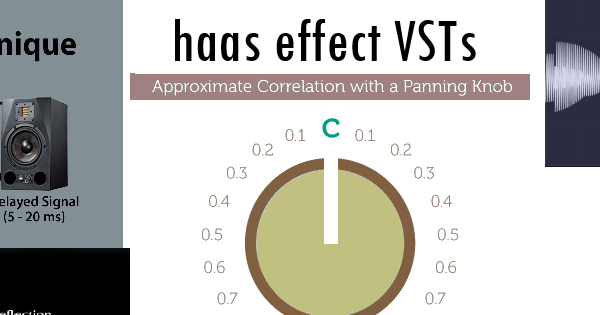Music and sound production blog
Read up on our audio blog to learn different tips & tricks about music production and sound mixing advices. Our tutorials, made by experienced sound engineers and audio bloggers, cover different techniques and explain how to improve your workflow when doing music arrangements, audio recording, Djing, sound mixing / mastering.
Here’s a succinct, quick and practical guide on how you can get the best of your Ableton Live stock plugins, by transforming them into easy to modulate own effects.
Regardless of your Ableton version, you should be able to replicate each of these quick tips effects. Also, some of them might be applicable with any other DAW, as long as you follow along and parametrize them in the same manner.
In the world of audio software, the CPU has traditionally been responsible for handling all the heavy lifting when it comes to processing audio. However, a recent development has emerged that aims to revolutionize this paradigm by utilizing the power of GPUs.
Here's a very short trick you can easily program in Ableton, using only envelope follower and EQ 8.
We know that at some point everyone is looking for that glitchy, twisted, stuttered sounds. Most of us are using them for background and juggle with creativity whenever you're out of your sound design options.
Decided to have a list of reputable glitch machines around. Not all are free, but worth trying to see what they can do.
It's a technique that may require some sample navigation.
Nowadays workflow should always include sending your tracks to an audio engineer for the final master. Producers started working together fully remote since a while ago, a good example of that being Spotify for Artists option to send your track to a mastering engineer, and get a professional encompassed mastering by working with very nice and experienced people.
We decided to summarize some details about field recording, suggesting some tips and tricks, showing people involved in this are, trying to encompass most of the tools and ideas used over the time.
Commonly used for creating depth, thickening the stereo image within your DAW, the HAAS effect can be used whenever you feel like bringing some movement in your tracks.
Page 1 of 2



